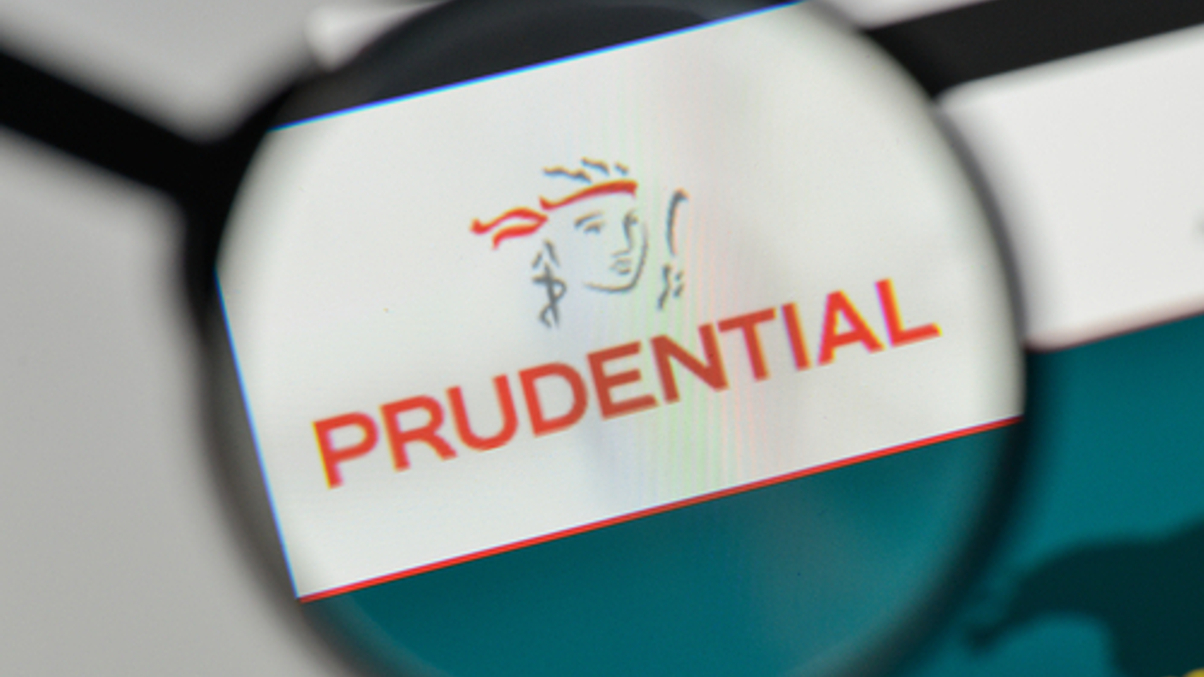Prudential on the hunt for sustainable PE, real estate
In an exclusive interview, chief investment officer Don Guo said Prudential sees opportunities across various asset classes, including alternatives and Chinese equities.

British life insurer Prudential will continue to diversify into the private markets in 2023, with a focus on ESG-themed assets like private equity impact funds, green real estate, and blended financing investments.
Sign In to Your Account
Access Exclusive AsianInvestor Content!
Please sign in to your subscription to unlock full access to our premium AI resources.
Free Registration & 7-Day Trial
Register now to enjoy a 7-day free trial—no registration fees required. Click the link to get started.
Note: This free trial is a one-time offer.
¬ Haymarket Media Limited. All rights reserved.


